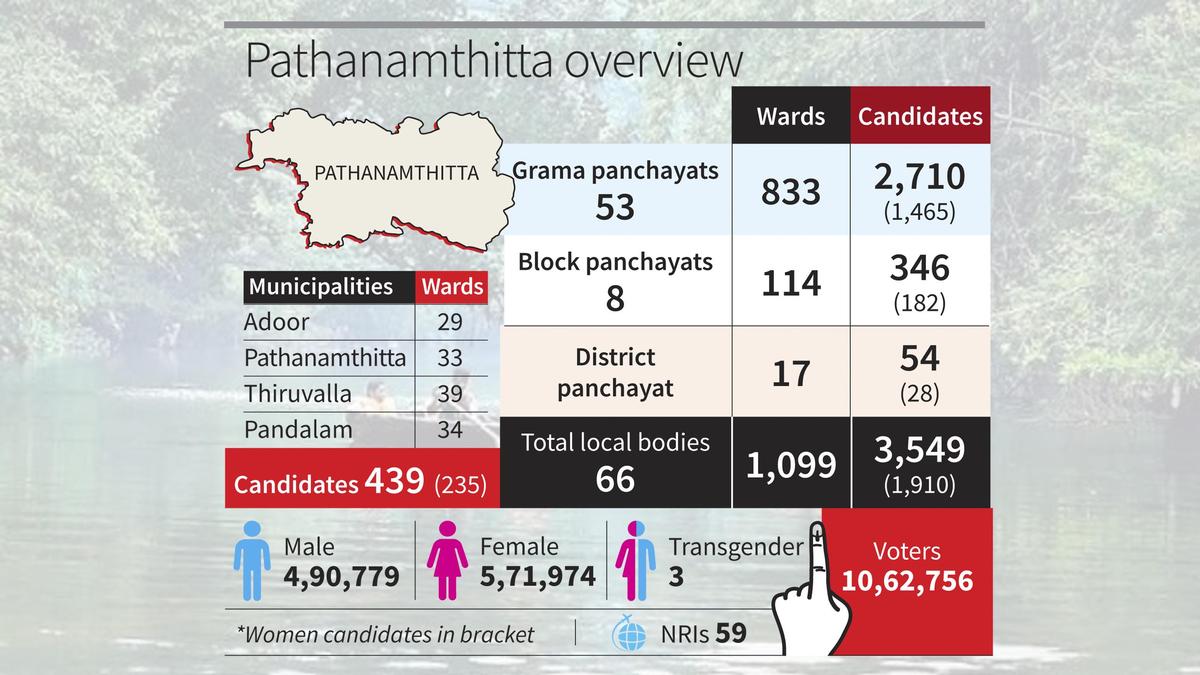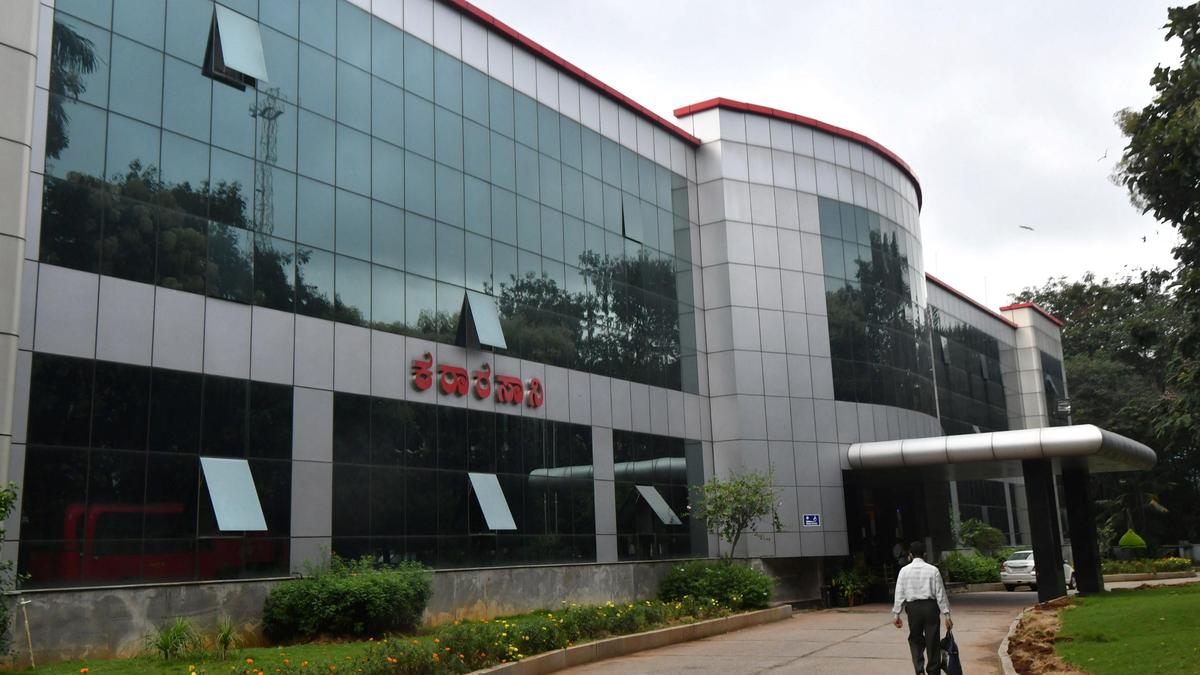Ladakh’s Aspirations: Navigating Demands for Statehood and Constitutional Safeguards
Ladakh, a captivating region nestled in the Himalayas, finds itself at a crossroads. Recent protests highlight aspirations for statehood and inclusion in the Sixth Schedule of the Indian Constitution. This blog delves into the historical context, current demands, and potential implications of these aspirations.
Understanding the Context:
- Unique Identity: Ladakh’s distinct cultural and demographic composition, marked by Buddhist and Tibetan influences, fosters a strong sense of regional identity.
- Historical Background: Ladakh’s journey from a princely state to a Union Territory in 2019 has been complex, shaping current demands for greater autonomy.
- Constitutional Safeguards: The Sixth Schedule grants special protections to tribal communities, highlighting aspirations for constitutional recognition of Ladakhi identity.
Demands and Discontent:
- Statehood: Ladakh’s demand for statehood arises from aspirations for greater political representation and control over development priorities.
- Sixth Schedule Inclusion: This demand seeks constitutional safeguards for Ladakhi culture, language, and land rights, addressing concerns about potential marginalization.
- Recent Protests: The shutdown reflects frustration with perceived shortcomings in addressing these demands, prompting renewed dialogue and action.
Exploring the Landscape:
- Perspectives and Concerns: Examining arguments for and against statehood and Sixth Schedule inclusion fosters balanced understanding of the complex issues involved.
- Government Initiatives: Recognizing efforts by the Indian government to address concerns, such as the formation of a high-powered committee, adds crucial context.
- Potential Implications: Assessing the potential economic, social, and political impacts of both options facilitates informed analysis.
Finding a Sustainable Path:
- Open Dialogue and Consultation: Engaging in constructive dialogue with diverse stakeholders, including Ladakhi representatives and communities, is crucial.
- Fact-Based Discussions: Replacing misinformation with verified data and factual analysis fuels responsible discourse and decision-making.
- Respectful and Balanced Approach: Recognizing the sensitivity of the issue and respecting diverse viewpoints encourages a balanced and peaceful resolution.
Conclusion:
Ladakh’s aspirations for greater autonomy and recognition deserve comprehensive exploration and sensitive dialogue. Examining historical context, current demands, and potential implications guides a responsible approach towards a sustainable solution. Ultimately, this path requires open communication, fact-based discussions, and respectful consideration of diverse perspectives.





